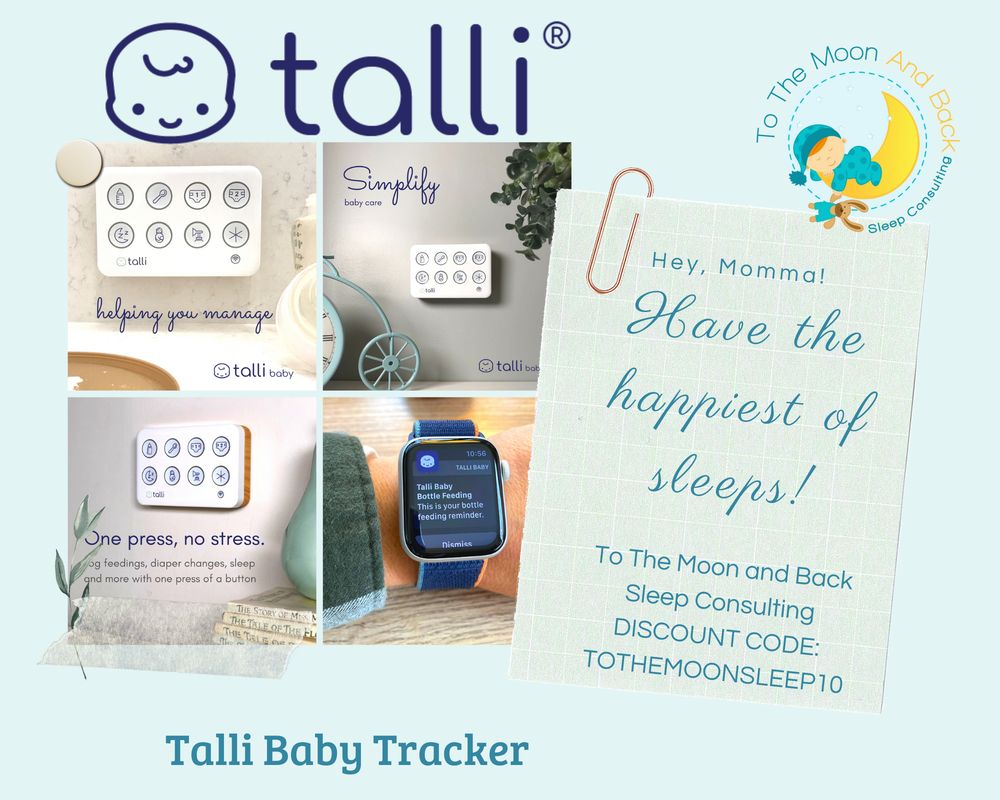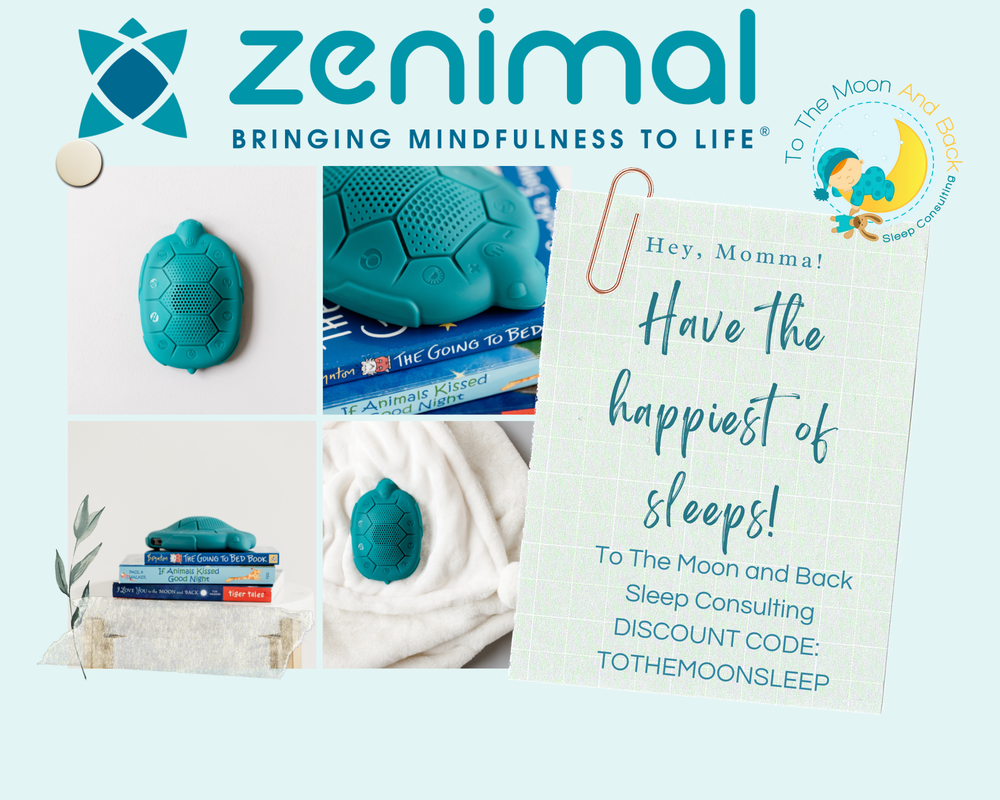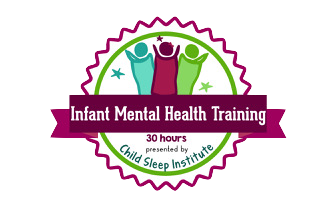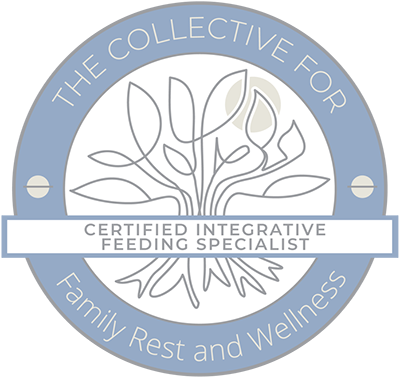|
I don’t know if I’m biased, but seeing a sleeping baby is the most peaceful, comforting image I can imagine. The sheer peacefulness, the softness of those fluffy pyjamas, the way they hold their arms by their sides, the nearly inaudible sound of their breath, the perfect stillness of it all, looks like the very definition of “rest.” Or at least that’s what it looks like in the pictures. But suppose your little one has started rolling over and learned how to navigate their crib a little. In that case, you may have noticed that they tend to get themselves into some laughably uncomfortable-looking positions. Seriously, babies can get themselves into sleeping positions that would make a contortionist gasp in horror, and they don’t just do it to shock and amaze an audience. They literally sleep like that! Even though it can occasionally be good for a laugh, it can also be pretty concerning from a safety standpoint. Suppose it’s the middle of the night. You’re checking the baby monitor to see that your little one has somehow managed to fall asleep while propped up on their toes and forehead for the third time in under an hour. In that case, it can be really frustrating as well. Now, one of the cornerstones for getting little ones to sleep through the night involves teaching them independent sleep skills. One of the most common questions I get asked is, “What am I supposed to do when my baby looks uncomfortable?” Parents don’t want to wake their baby up by moving them back to the middle of the crib and repositioning them. So they look like they’re more comfortable, but they also don’t want to leave them bunched up in the corner of the crib, looking like they’ve tied themselves in a knot. As with all things parenting-related, the answer isn’t a simple yes or no, but I’m happy to tell you that it’s as close as you’re likely to find in the parenting world. To quote an old saying, “Sometimes you’ve just got to do what you’ve got to do,” and when it comes to safety, everything else has to be shuffled down in the list of priorities. So if, for example, your baby has learned how to roll from back to front but hasn’t yet mastered the whole front-to-back thing, then I’m sorry to say you’re going to have to keep an eye on the baby monitor, go in every time they flip themselves over, and flip them over onto their back. Every. Single. Time. At least until they’ve figured out how to flip over independently. Will that delay their ability to develop independent sleep skills? Will they wake up cranky and fussy before going back to sleep? Well, yes, probably, but if a baby is face down on the mattress and can’t flip themselves over, you’ve got to intervene, no matter the fallout. The good news is that this is usually a short-term issue. Babies learn how to roll from front to back pretty quickly after learning the back-to-front maneuver, so you don’t need to worry about months of late-night adjustments. Spend some time during the day practicing the rollover, and you should see them get the hang of it within a week or two. Now, suppose baby’s gotten themselves into a position where they have a limb sticking out of the crib that could get stuck or twisted when they try to move. In that case, you’ll just have to bite the bullet and get them squared away. Do it quickly and quietly, and try to engage with them as little as possible. Note that most cribs nowadays don’t have much potential for this kind of occurrence. They’ve moved the slats closer to each other so that little limbs can’t get through the gaps, but if something like this does happen, fix it quickly and leave the room. Now, let’s say your baby has learned to flip from front to back, doesn’t have a limb at risk of injury, but has pushed themselves up against the side of their crib and looks really uncomfortable. Should you still get in there and move them back to the middle? In this case, probably not. Babies find comfort in pretty awkward-looking positions. As long as their airway isn’t obstructed (i.e., head tilted forward, nose and mouth in contact with the mattress), it’s probably best to just let them sleep. I know it can be a little concerning to see them with their knees practically tucked under their chin, but if they’re uncomfortable, they’ll most likely wake up and rearrange themselves. There’s not usually a need for a parent to reposition them. Remember, safety first, always! But talk to your pediatrician about safe sleep positions and make informed decisions about when you should and shouldn’t move them around in their crib. More often than not, if they’re sleeping peacefully, they’re doing just fine, no matter how goofy they might look. One final note: Avoid letting babies of any age sleep in a “positioner” or “nest.” Many of them can force the baby’s head to tilt forward, and others have soft, plushy sides, both of which can obstruct breathing. The FDA has issued a warning against all manner of these products. Despite their claims, they increase, not reduce, the likelihood of SIDS. AuthorErin Neri - Certified Pediatric Sleep Consultant and Owner of To The Moon and Back Sleep Consulting since 2016. |
To The Moon and Back Sleep ConsultingProviding families the tools & support they need to get their little ones sleeping through the night and napping like champs! Everyone has more fun when they are well rested! Visit Wollino - Discount Code: TOTHEMOONANDBACK10
Browse
All
|
All information provided on this website, including texts, images, and other materials, are for informational purposes only and should not be considered a replacement for assessment or treatment by a healthcare provider.
© COPYRIGHT 2016-2024 TO THE MOON AND BACK SLEEP CONSULTING. ALL RIGHTS RESERVED. WAKING GIRL WEB DESIGN
© COPYRIGHT 2016-2024 TO THE MOON AND BACK SLEEP CONSULTING. ALL RIGHTS RESERVED. WAKING GIRL WEB DESIGN

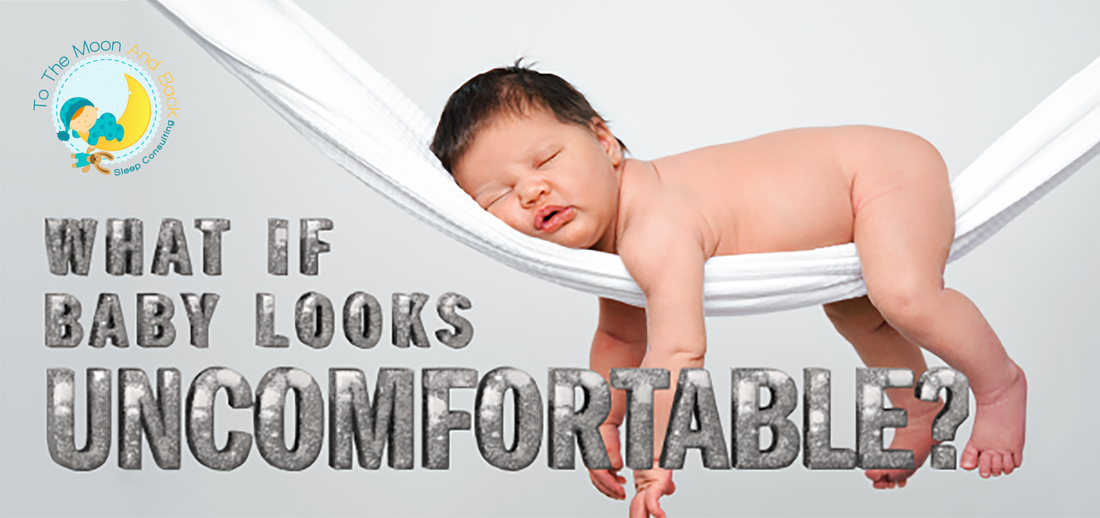
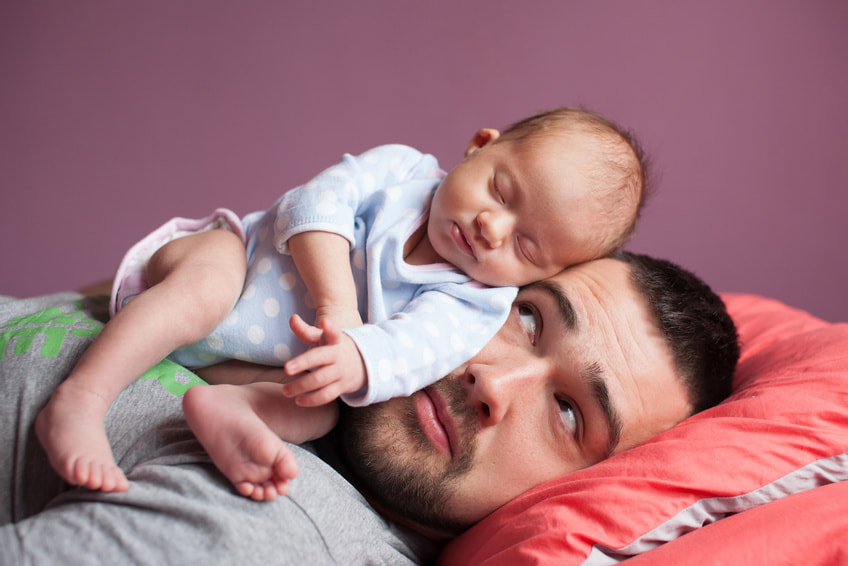
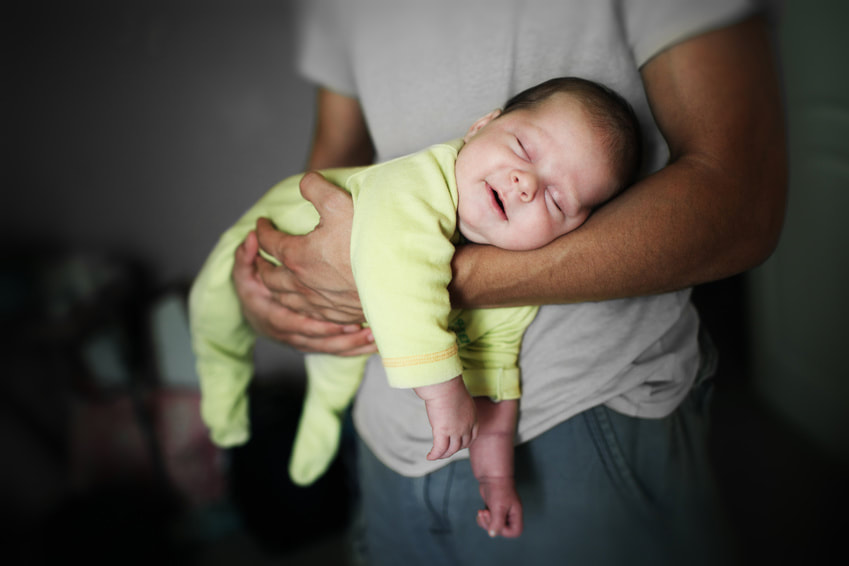
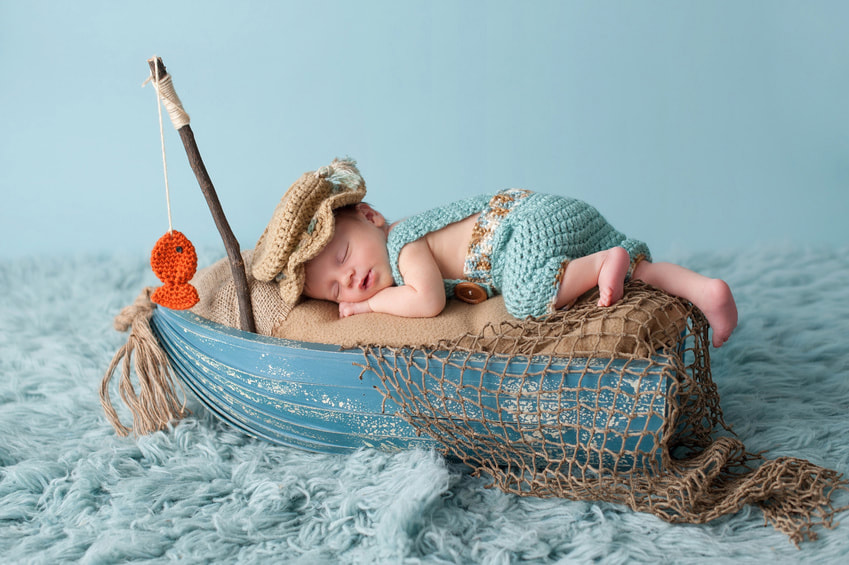
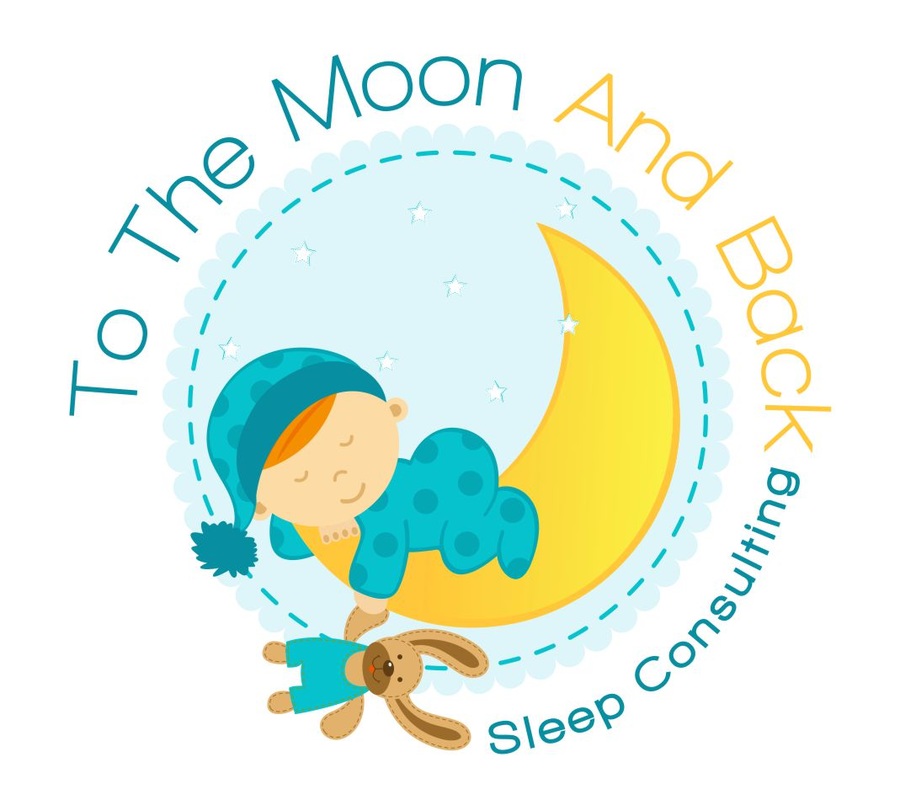
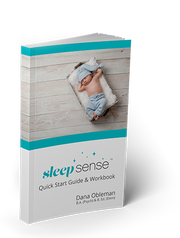


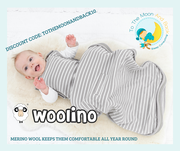
 RSS Feed
RSS Feed

